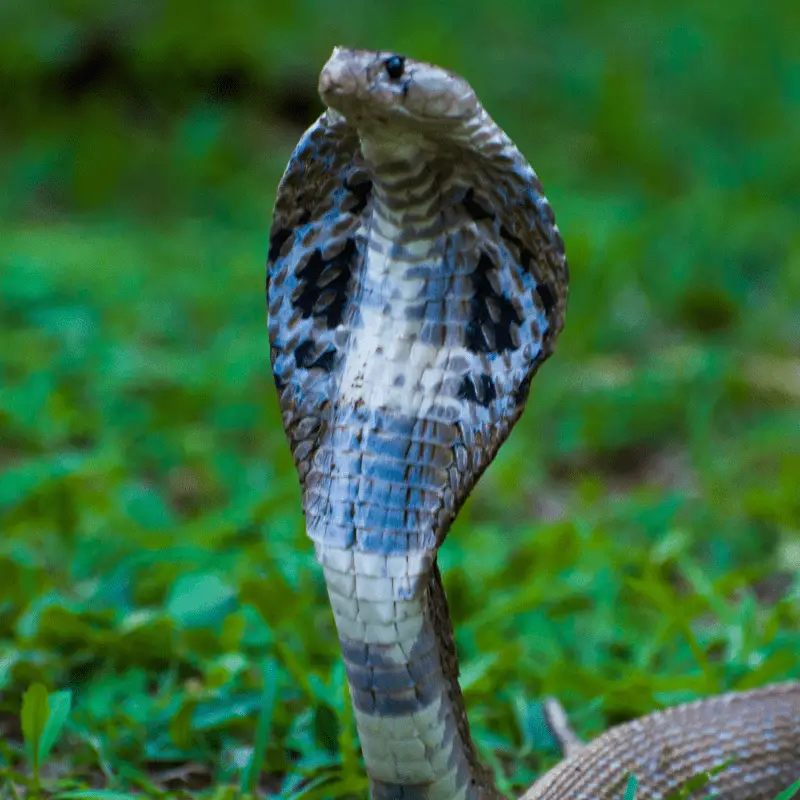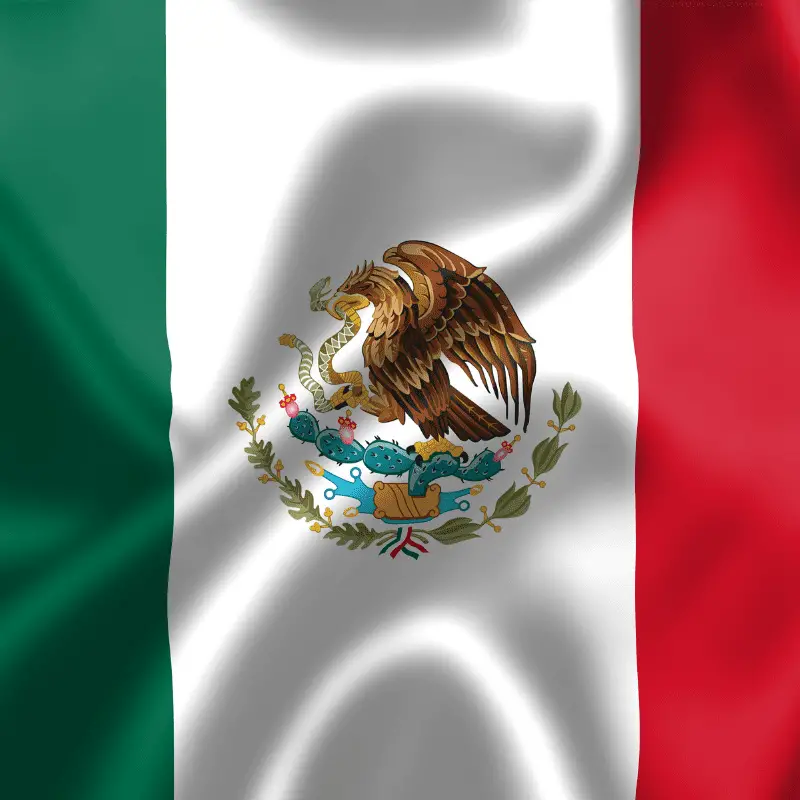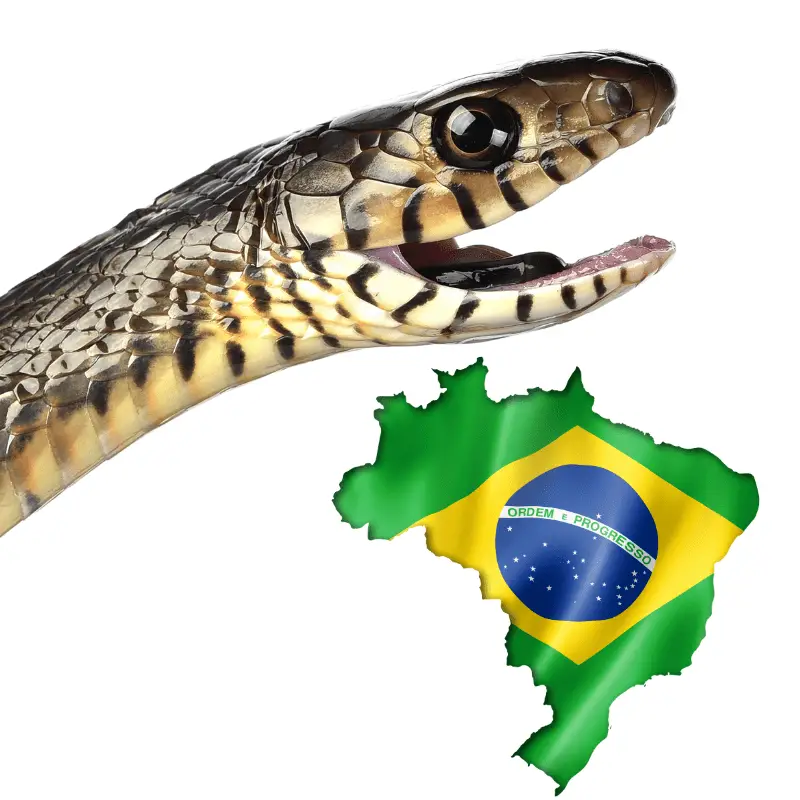For most people, a simple sight of a snake is enough to scare them to death. Unfortunately, most of the film industries across the world have taken advantage of this fear. Across the world, there are about 3570 snake species. However, among them, only 600 species are venomous. Even among the venomous snakes, only 300 species have enough potent venom to kill a human. Still, most people have an unnecessary fear of snakes in their minds. If you are one of them, you must know about the countries of the most snake species.
The country of Brazil has the most found different snake species in the world. Brazil has 375 species of snakes among the 3,570 known ones.
The next position on the list belongs to India, which has more than 270 species of snakes. Australia, Mexico, and Columbia also hold ranks on the list.
There is a misconception about the country that has the most species of snakes. Most people think Australia or India is home to most snakes. That is not true. It is also correlated with the fact that Brazil has the most significant area covered in tropical forests.
Top Six Countries That Have The Most Poisonous snakes
Columbia

From highly venomous coral snakes to pit vipers, Columbia is home to some of the most poisonous snakes in the world. But, apart from the poisonous one, Columbia is also home to dangerous yet non-venomous snakes, like pythons and boas.
Indonesia

Indonesia is home to a variety of venomous snakes. The dense forests of the country provide a safe ground for snakes to flourish. The diverse landscape and the untouched forest of the nation are home to snakes, like vipers, kraits, and cobras. The country’s coral reefs are also home to some of the most poisonous sea snakes in the world.
India

Whenever they hear the name of India, most people associate it with the land of the cobras. The association is not wrong. India is home to most species of snakes from the Cobra family. In addition, the king cobra and the Indian cobra flourishes in the different regions of the country.

King cobra is the longest poisonous snake globally and injects the maximum Venum in its prey’s body. Surprisingly, it is not the cobra that causes the most human bites in India. The Russell Viper is responsible for the most common bites on humans in India. One of the main reasons for this is that most people confuse Russell Viper with non-venomous rat snakes. That is why they do not deal with the snake as carefully as they do with the cobras.
Australia

Australia is home to the most poisonous snake in the world, the Inland Taipan. Apart from it, Australia is home to more than 60 different venomous snake species. Studies show that Australians encounter snakes more often than most of the countries in the world. However, even though the country has so many poisonous snakes, the snake bite rate is not that high in Australia. This is because even though the snake species of Australia are venomous, they are not that aggressive.
Brazil

When it comes to snakes, it is impossible to leave out that the nation has one of the densest forest areas in the world. Because of these dense forest area provides protection and Habitat to maximum snake species. Brazil is home to different types of vipers and Coral snakes. Another interesting fact about off the coast of Brazil is an island full of snakes called Ilha da Queimada Grande. The government has banned people from entering the island due to the enormous number of poisonous snakes. The researchers estimate that on the island, there is about one snake per square meter.
Mexico

Most people would not think that Mexico would be home to poisonous snakes. Ask anyone, and they will assume countries from Australia or Africa to be on the top 6 list. However, Mexico is home to about 80% of snake species. The country has pit vipers, rattlesnakes, and Coral snakes.
Snakeless Countries
Now that you know the name of the countries with the most poisonous snakes, it is time for you to find out the names of the countries that do not have any snakes. The three most prominent countries that do not have any snakes are New Zealand, Iceland, and Ireland. There are also places in the world that do not have any snakes. For example, Siberia and Alaska are two places where you cannot find any native snake species at all. Other than this, Cape Verde and many small Island nations in the Pacific Ocean do not have any native snake species.
As snakes do not like the cold weather, you would not find them in colder regions like Greenland, Antarctica or the Central and northern portion of Canada, the north part of Finland, and other places in the north of the Arctic Circle. Other than this, the southernmost section of Chile and Argentina also do not have any native snake species.
It is easy to understand that being cold-blooded, snakes do not like places with freezing temperatures. But what about warmer places like New Zealand and Ireland? Why don’t these places have any native snake species?
Snakes started to appear in the world about 150 million years ago. But at this point, Ireland was far away from any significant landmass. So the snakes did not get any chance to go there. Not only that, the temperature of Ireland was much colder than it is today. While the scientists believe that there was a land bridge between England and Ireland, the snakes, for some reason, did not cross it. The reason may be that Prehistoric Ireland might have been too cold for them to flourish.
Like Ireland, New Zealand was also too far away from any landmass. For any snake species of Australia, it would take a monumental effort to swim to New Zealand.
All in all, snakes are found in most countries across the world. Only the coldest places of the world do not have any native snake species. The countries that do not have any native snake species have a long prehistoric reason behind that.

